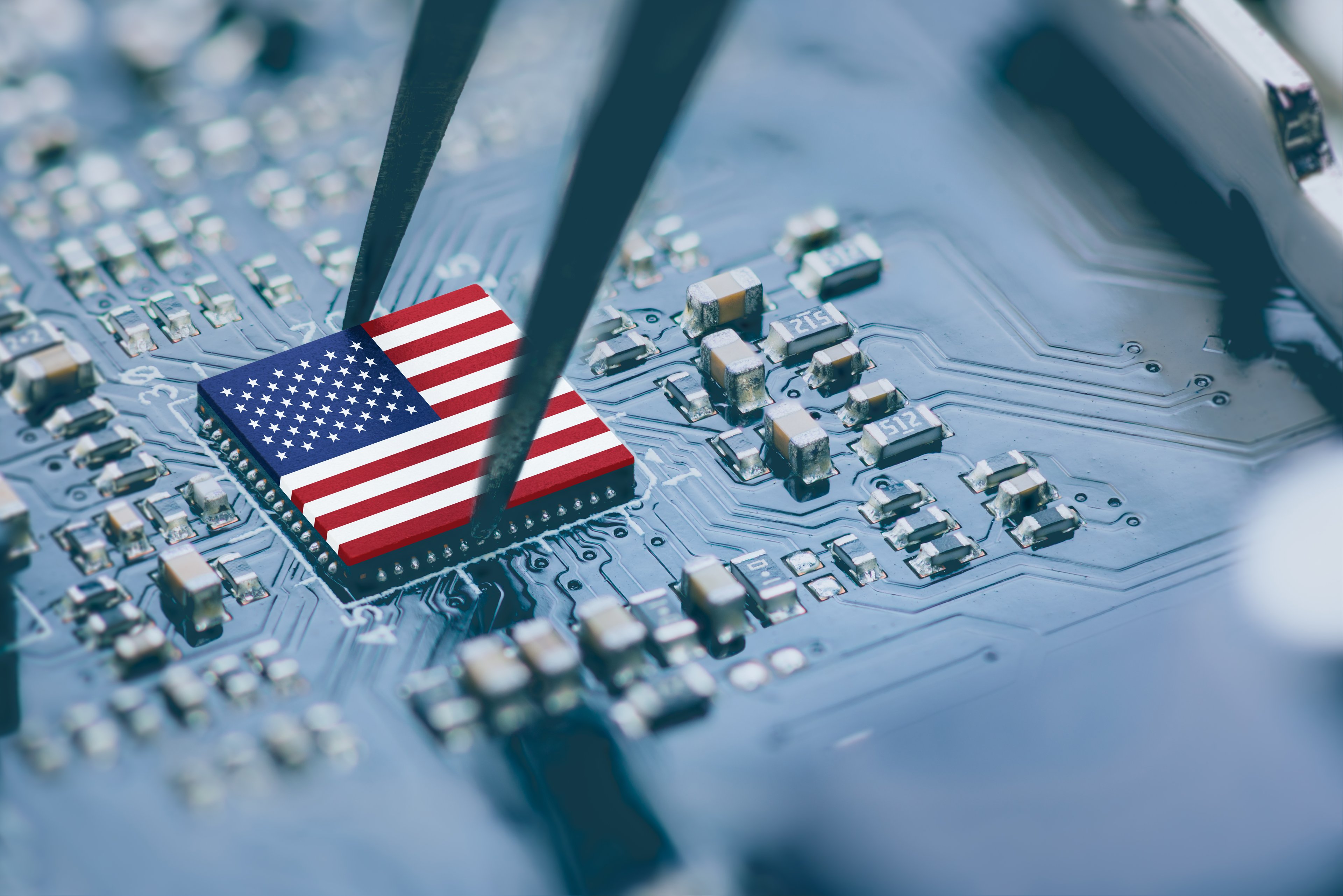The eternal game of leapfrog continues between the only mainstream processor designers that matter: Advanced Micro Devices (NYSE:AMD) has released a bunch of new processors to keep the pressure on Intel (NASDAQ:INTC).
What's new?
This particular shot across Intel's bow is nothing extraordinary -- just another in a long line of processor speed bumps and price cuts. But early reviews show that it's an effective response to Intel's own round of new announcements a couple of weeks ago: The new AMD products don't challenge Intel's top-end chips, but they do present arguably the best value available today for many users.
A quad-core model priced at $99 and its product-line siblings "continue to be unrivaled in terms of delivering multithreaded performance in an affordable package," says hardware analysis site AnandTech. "[They] are great values if you're doing a lot of video encoding" or other advanced computing tasks. And similar site Tom's Hardware notes that AMD's fastest dual-core processor "is clearly superior to Intel's Pentium G6950 in games, and it wins out in a majority of applications we test."
Before jumping to any conclusions here, remember that we're just talking about one of an endless row of iterations of this game, and only in the value-conscious part of the market. Yes, you will see these processors in systems built by Dell (NASDAQ:DELL), Hewlett-Packard (NYSE:HPQ), Lenovo, and all the other usual suspects. No, those guys will not stop selling Intel-based computers just because AMD happens to have the objective advantage in bang-for-the-buck in some situations.
High-end, this is not (all right, Yoda)
AMD is lagging behind Intel in manufacturing process development at the moment, and it's partly for this reason that Intel is pulling away in terms of absolute top-end performance as well. But that's no disaster -- a lean, mean operating machine that's used to tight budgets and vanishingly thin margins, AMD can and does deliver great value in certain portions of the market, and the low-end area just happens to be the meat and potatoes of any technology designer not named Apple (NASDAQ:AAPL) or Sony (NYSE:SNE) these days.
AMD's real failings are matters of lackluster marketing and troublesome mass psychology. No matter what amazing technology Dirk Meyer and his team pull out of their magic R&D hats and sell at titillating price points, some consumers and many enterprise-grade IT directors will still choose "Intel inside" -- even if the AMD solution is a better deal.
It takes time to overcome the bargain-bin stigma, and this particular release doesn't help much on that front. After all, the new processors were explicitly "designed to give mainstream consumers advanced performance capabilities from their desktop PCs at increasingly attractive price points," according to AMD's press materials.
So why do you own this loser, numbskull?
That's a fair question, dear reader. Why invest in the value-segment champion when you can have the high-margin spoils of the total semiconductor market's longtime tyrant instead? Heck, Intel stock is ultra-cheap at the moment, so why settle for a riskier small-fry competitor at any price?
Well, what we discussed above is the close-up version of the Intel-AMD leapfrog march. On the macro level, I believe that it's AMD's turn to take a couple of giant leaps in the near future.
Twelve-core server processors are due later this year, and could nearly double AMD's performance on the top end of things while reducing power draws. But that's just the appetizer: AMD's Fusion architecture has been a long time coming and will finally hit store shelves in 2011. Pairing the highly specialized math powers of graphics processors (and later, other highly specialized types of number-crunchers) with a basket of all-new chip architectures, Fusion promises to take computers to places we've never seen before.
Remember when AMD stole a march on Intel with the 64-bit version of the Athlon processor? You know, when Microsoft (NASDAQ:MSFT) designed the next version of Windows around AMD's 64-bit features rather than the stuff Intel already had available? This Fusion architecture (not to be confused with AMD's Fusion marketing strategy, thank you very much) will be like that.
I can't promise that Fusion will bring AMD's stock back to $40 a share as the Athlon 64 did, but that's hardly necessary when you're starting from $8. Jump in today, and you'll thank me in 2011.
Oh, right -- on my signal, unleash hell in the comments below.










